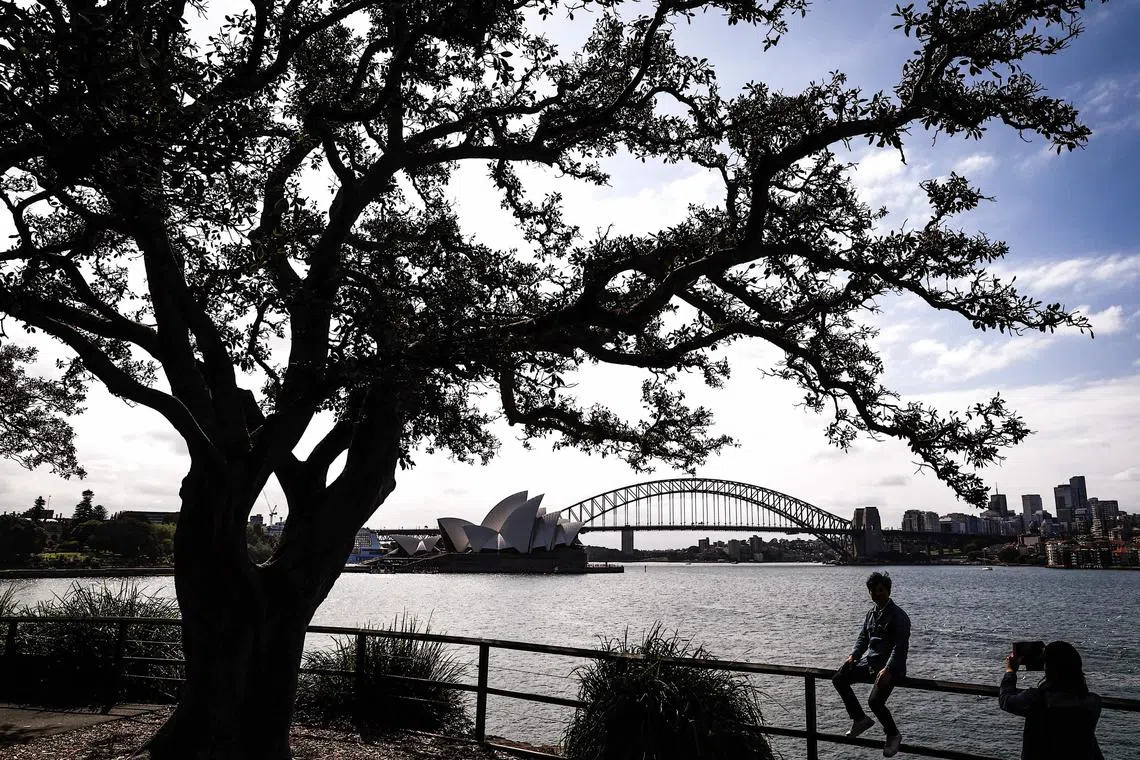Australia sweats in heatwave, with parts of Sydney set to hit 40 deg C
Sign up now: Get insights on Asia's fast-moving developments

Parts of Sydney were forecast on Jan 21 to reach 40 deg C, almost 10 deg C above the average January maximum.
PHOTO: AFP
Follow topic:
SYDNEY – Large swathes of Australia sweltered in a heatwave on Jan 21, the nation’s weather forecaster said, raising a bush fire risk in an already high-risk fire season amid an El Nino weather pattern.
Heatwave alerts at “extreme” level, the highest danger rating, were in place for a second day for parts of Western Australia and were extended to South Australia, while areas of Queensland, New South Wales and the Northern Territory were under warnings rated as “severe”, the weather forecaster said.
It cautioned that in Western Australia, the nation’s largest state, the remote Pilbara and Gascoyne areas could experience temperatures in the high 40s on Jan 21. About 1,500km north of state capital Perth, in the Pilbara mining town of Paraburdoo, a maximum temperature of 48 deg C was forecast, more than 7 deg C above the average January maximum, according to forecaster data. It was 31.1 deg C there at 6.30am local time.
Australia’s highest temperature on record, 50.7 deg C, was logged at Pilbara’s Onslow Airport on Jan 13, 2022.
In the West Australian town of Meekatharra, Royal Mail Hotel manager Alex McWhirter said the heat could “cook you alive”.
“You have the sun beating down from above, you’ve got the hot ground heating you from below and it is quite a challenge,” the 29-year-old English national said. “I’m not sure that I want to try and go to bed tonight in 50 degrees without an air-conditioner.”
On the east coast, parts of New South Wales’ capital, Sydney, were forecast on Jan 21 to reach 40 deg C, almost 10 deg C above the average January maximum.
The hot, dry conditions raised the risk of bush fires in some areas, the weather forecaster said, as Australia endures an El Nino weather event, typically associated with extreme phenomena such as wildfires, cyclones and droughts.
The last two bush fire seasons in Australia have been subdued compared with the 2019-2020 “Black Summer” when bush fires destroyed an area the size of Turkey and killed 33 people, three billion animals and trillions of invertebrates. REUTERS

